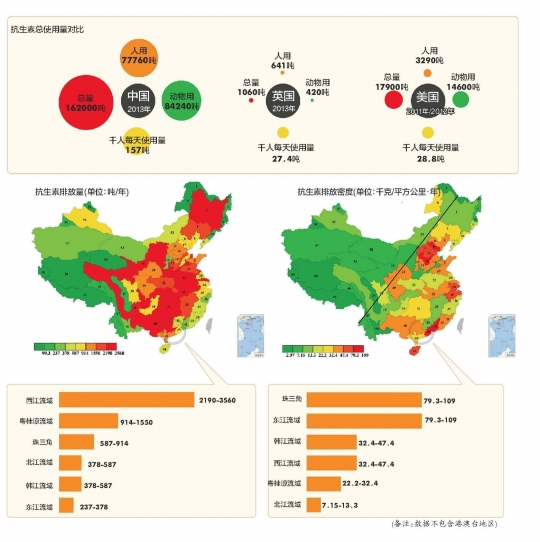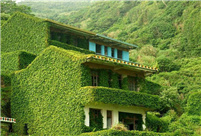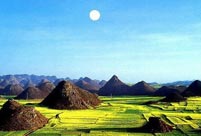


(Graphic by Southern Metropolis Daily)
(ECNS) – A research institute under Chinese Academy of Sciences has drawn a map of antibiotic-polluted rivers in China, which shows the Haihe River Basin in North China and the Pearl River Basin in the south have the highest concentration of antibiotics, according to Southern Metropolis Daily on Thursday.
A group of researchers from the Guangzhou Institute of Geochemistry led by Professor Ying Guoguang conducted the first comprehensive evaluation of China's antibiotic use and emissions, covering all of the country's 58 river basins. Their findings were published in the journal Environmental Science and Technology in early June.
The team made an assessment of 36 antibiotics commonly used in China, and seven were found to have a concentration of over 1,000 nanograms per liter in the environment.
China lacks standards for antibiotic concentrations in the environment, but 1,000 nanograms per liter is very high, Ying said.
According to Ying, the Haihe River and the Pearl River are the most severely antibiotic-polluted in China. The concentration in the Haihe River Basin is higher because it has less water.
Ying went on to say that river basins in the north all have higher antibiotic concentrations than those in the south.
However, the Pearl River basin has the highest concentration of amoxicillin, according to the study.
The total amount of antibiotic emissions in the Pearl River Basin is not the highest in China, but the emission density is among the highest of all 58 river basins, hitting 70.3 to 109 kilograms per square kilometer a year, Ying's team found.
The Xijiang River Basin is among those with the highest total amount of antibiotic emissions, between 2,190 and 3,560 tons a year. The group also includes the Songhua River, Yellow River, Huaihe River, Yangtze River and Dongting River basins. However, the antibiotic emission density of the Xijiang River Basin remains at a medium level.
The researchers also found that antibiotic emissions in densely populated river basins in East China are more than six times as much as river basins in the west, which are sparsely populated, indicating that human activities have a huge impact on antibiotic emissions.
Guangzhou's environmental authorities are carrying out experiments in monitoring antibiotics in the Guangzhou section of the Pearl River, and plan to set up an antibiotics monitoring center in cooperation with research institutes.
 Forbidden City collects evidence from nude photo shoot
Forbidden City collects evidence from nude photo shoot Chinese students learn Duanwu customs in Hefei, Anhui
Chinese students learn Duanwu customs in Hefei, Anhui Abandoned village swallowed by nature
Abandoned village swallowed by nature Graduation: the time to show beauty in strength
Graduation: the time to show beauty in strength School life of students in a military college
School life of students in a military college Top 16 Chinese cities with the best air quality in 2014
Top 16 Chinese cities with the best air quality in 2014 Mysterious “sky road” in Mount Dawagengzha
Mysterious “sky road” in Mount Dawagengzha Students with Weifang Medical University take graduation photos
Students with Weifang Medical University take graduation photos PLA soldiers conduct 10-kilometer long range raid
PLA soldiers conduct 10-kilometer long range raid New PLA campaign targets new recruits
New PLA campaign targets new recruits Island construction can benefit wider region
Island construction can benefit wider region Market studies
Market studies Zen harvest for Shaolin monks
Zen harvest for Shaolin monksDay|Week